Environmental Engineering Reference
In-Depth Information
Fig. 11.12
Dengue fever
risk maps for (a)
Aedes
albopictus
for (i) present
climatic conditions and
(ii) for 2100 under a
climate change
scenario. (b) The
fundamental niche of
Aedes aegypti
means
that it cannot survive
anywhere in New
Zealand at present, but
it could inhabit parts of
the North Island as
shown under the
climate change scenario
by 2100. (After de Wet
et al., 2001.) (This
fi gure also reproduced
as color plate 11.12.)
(a)
(i)
(ii)
Ocean
1 - Marginal
2
3
4
5 - Moderate
6
7
8
9
10 - Optimum
(b)
The models predicted large geographical divergences from these average values.
Thus, when changes to water stress were modeled, parts of Spain, Portugal, southern
France and Italy were worst affected (Figure 11.13). Changes in the provision of
water can affect people profoundly. In 1995, about half of Europe's population were
considered subject to water stress (living in catchment areas with less than 1700 m
3
of water per person per year). By 2080, between 20 and 38% of the Mediterranean
population will be subject to even greater water stress.
Elsewhere, in the large river catchments of the Rhine, Rhone and Danube, changed
fl ow patterns look set to reduce water supply at times of peak demand, and to
increase the probability of winter fl oods. Navigation and hydropower will be affected.
In the Alps, there will be an increase in the elevation of reliable snow (for skiing)
from about 1300 m today to 1500-1750 m by 2080. On the other side of the ledger,
European vegetation is predicted to make a positive contribution to reducing atmos-
pheric CO
2
by locking up more carbon in biomass - because of a decreased area of
agricultural land and an increase in forest.
11.5
A landscape
perspective - nature
reserves under
climate change
A basic idea that derives from island biogeography theory (Box 10.1) is that smaller
areas contain fewer species. One way to assess extinction risk of endemic species is
to estimate, on the basis of climate change models, the loss in area of key habitats.
Thus, for example, the South African fynbos, with its richness of
Protea
species
(including the one shown in Figure 11.4), has been estimated to lose 65% of its area
by 2050. On the basis of the general pattern relating species richness to area, this
represents a reduction of 24% in number of species. Put another way, one quarter

















































































































Search WWH ::

Custom Search